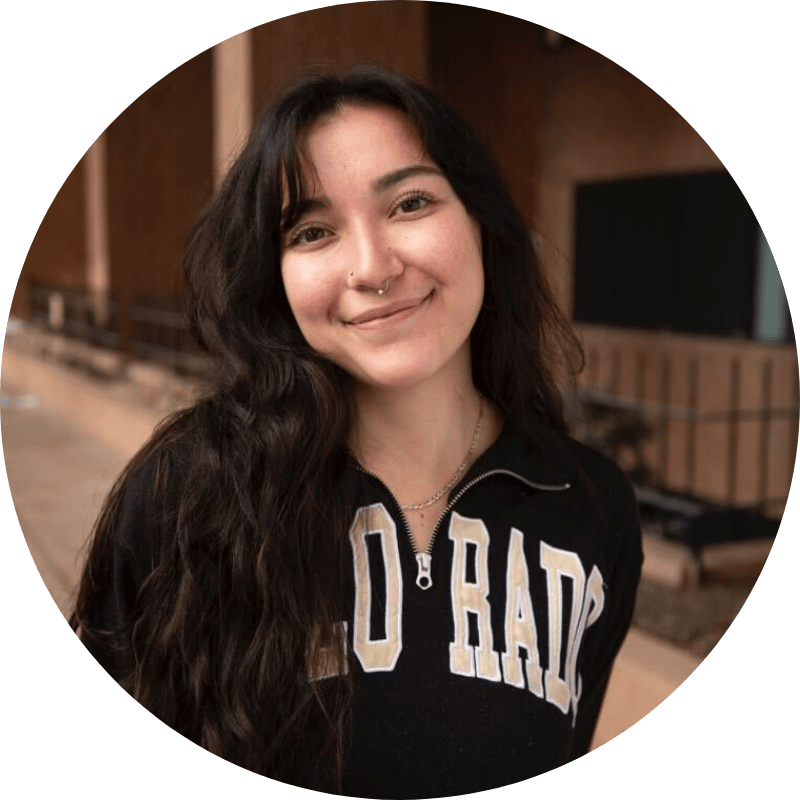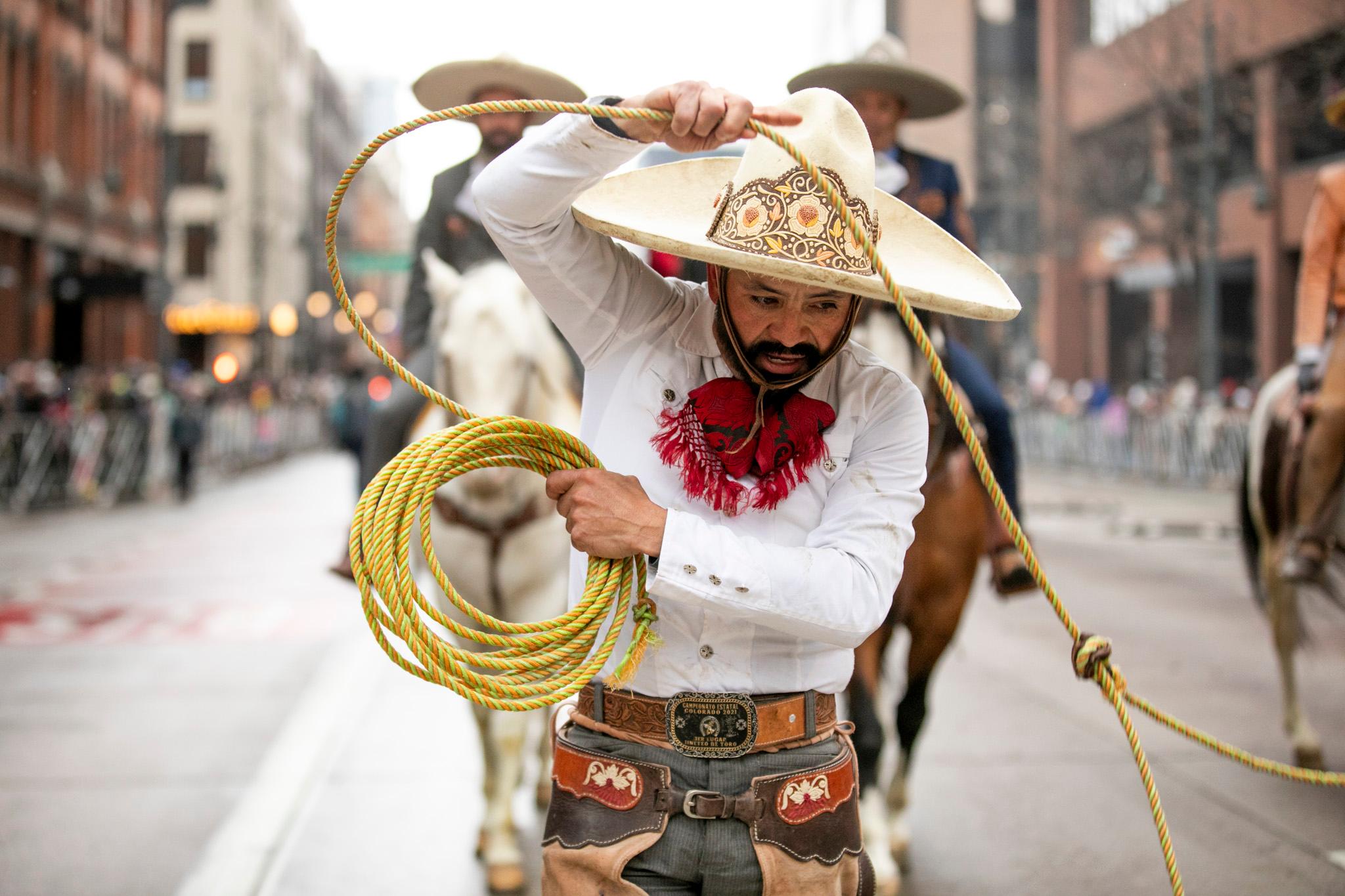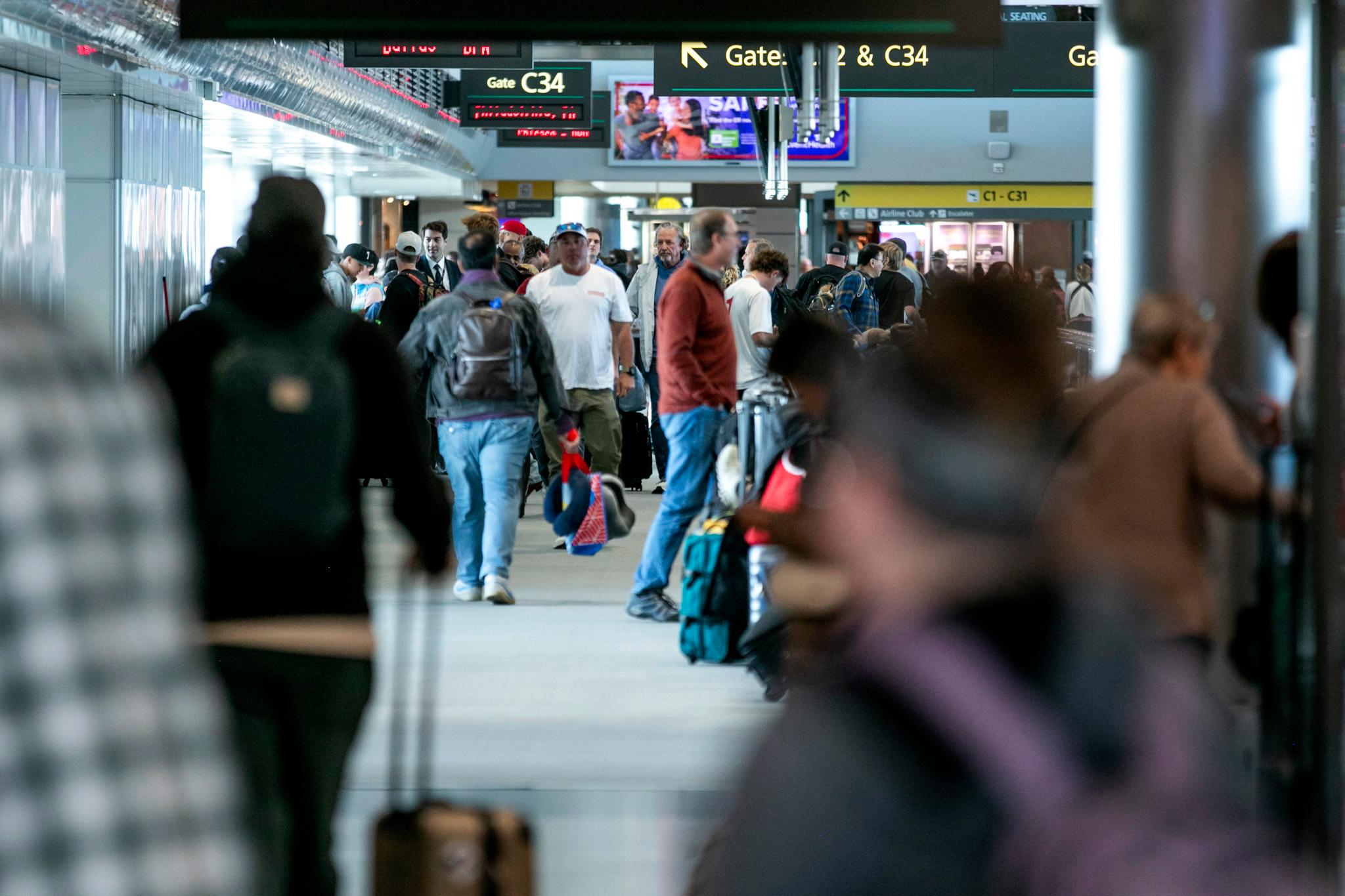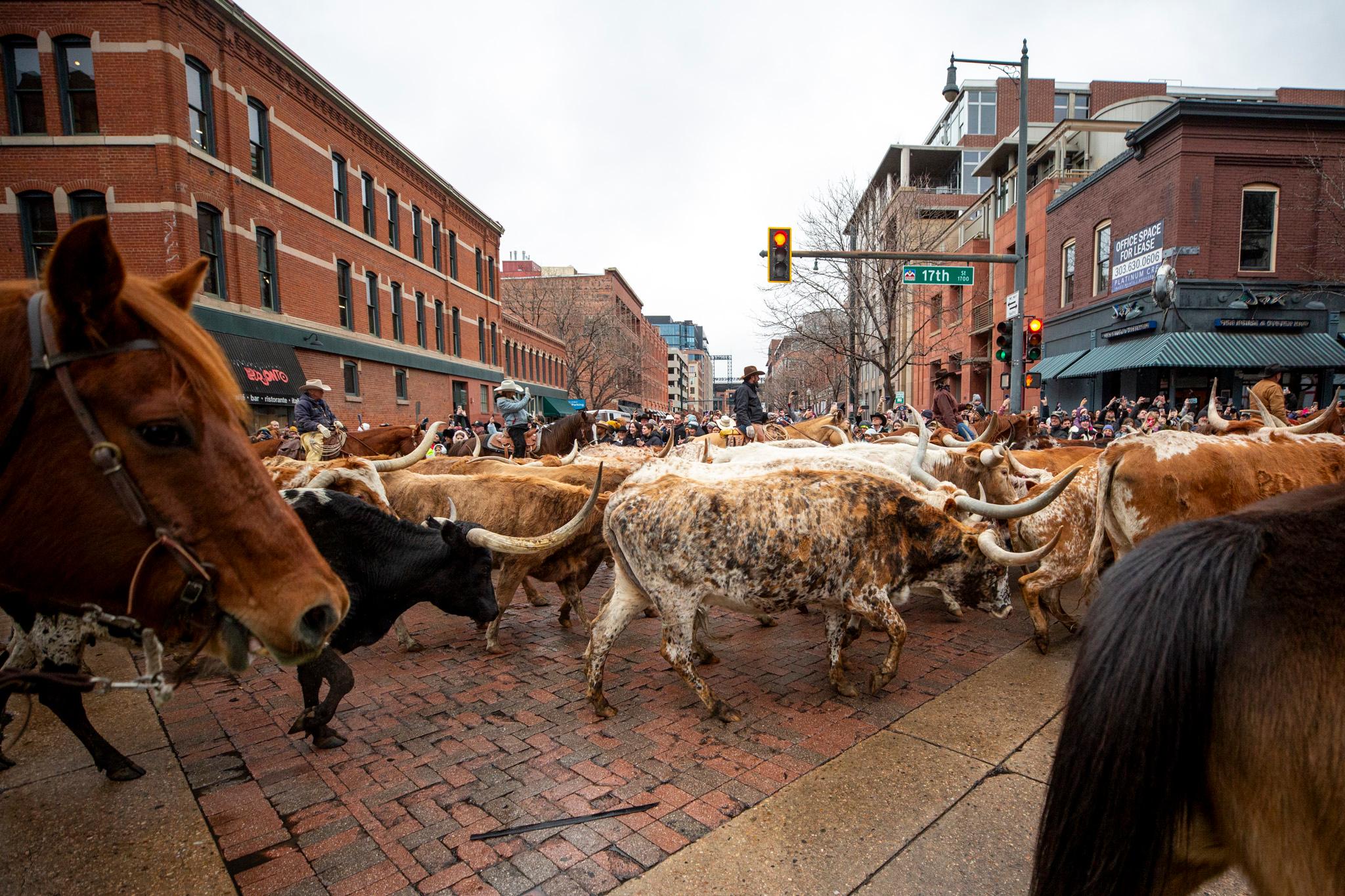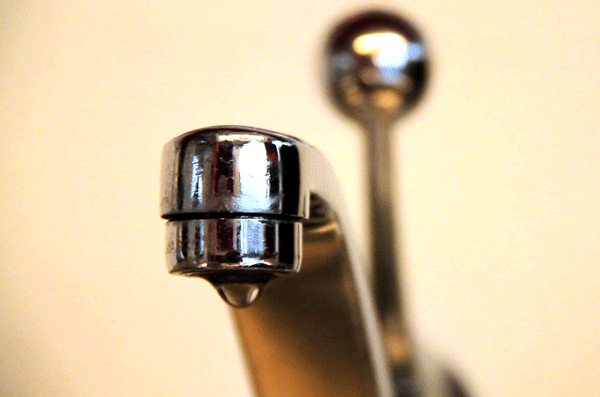The residents of seven Westside neighborhoods have some decisions to make.
Denver has kicked off its second-ever participatory budgeting process, a fancy way of saying residents will get to decide how to spend some city dollars.
There was $2 million available to spend in 2023, during the first cycle. That year, Montbello and Green Valley Ranch residents voted to spend $400,000 on lights for parks and a new trashcan. Residents of East Colfax, Montclair, Hale and South Park Hill voted to spend $300,000 on improvements to New Freedom Park. The city as a whole voted to split $1 million between sidewalks, tiny homes, shower trailers and community gardens.
This time around, Denver's participatory budgeting program only has $1 million to spend, and it's all reserved for an area including West Colfax, Sun Valley, Valverde, Villa Park, Barnum, Barnum West and Westwood.
The money is a small sliver of the city's $1.76 billion budget proposal. But it places Denver among some 7,000 cities nationwide that have used this model as a way to encourage people to get involved with their local government.
Residents of those Westside neighborhoods can vote online for the next few weeks on how to spend the money. (Read on for more information about the options.)
If you live in one of those neighborhoods, you have until Nov. 30 to vote on 14 ways to spend the cash.
Like in previous years, the list of funding options came from a public process, which is overseen by a committee of volunteers.
Participatory budgeting administrator Kiki Turner told us the city first canvassed the Westside for nominations, which generated "384 specific and unique ideas." With resident feedback, that was narrowed down to 14 options for the ballot, based on feasibility and general interest.
Sadly, a middle schooler's idea for a "Godzilla statue" didn't make the cut.

Voting opened Oct. 1. Participants can pick three of the 14 ideas, and funding will be awarded based on which proposals get the most votes.
Voters are asked to verify they live or work in one of the seven eligible neighborhoods before they're allowed to cast a ballot, but Turner said the city won't be aggressive in enforcing those rules. The bigger idea here, she says, is helping people become more civically engaged.
Learn more about the process here.
These are the items up for a vote:
"Strengthening and Renovating Lakewood Gulch"
For $350,000, the city would make improvements to the Lakewood Gulch Trail, which runs between West Colfax and Villa Park.
The project "will add solar lighting and wayfinding signage along the trail and will identify three to five locations to add a variety of improvements such as benches, picnic tables, trash cans, bicycle parking, dog waste stations, and potentially community bulletin boards."
"Inclusive Play at Garfield Lake Park"
For $425,000, the city would add solar lighting, an accessible park, new signage and "new inclusive sensory elements" to a sensory garden at Garfield Lake Park, which sits just across Mississippi Avenue from Westwood's southern border.
"Heat Relief for Lower Income Households"
For $150,000, the city would help lower-income residents improve their homes with air conditioning and heating units across the Westside. This one would invoke a request-for-proposals process, to bring a third-party on to handle the work. It's unclear how many households would benefit.
"Many homes for lower income households were not constructed with cooling equipment, or they are now at the point of needing upgrades or replacements to critical systems," the ballot language reads.
"Intersection Safety"
For $350,000, the city would install new stop signs, crosswalks or flashing beacons at two to four dangerous intersections that have yet to be chosen.
"This would benefit mobility for people who use different modes of transportation including biking, rolling, busing, and driving," the ballot states.
"Youth Support to Promote Safety, Education and Mental Health"
For $200,000, the city would help provide "a safe place for youth emphasizing education, mental health, ADA access and digital literacy."
That could be an upgrade to an existing youth center, or perhaps paying for transportation to an existing youth center.
"Comfortable Bus Stops for All"
For $100,000, the city would add benches for up to 20 bus stops throughout the Westside. The benches "would incorporate art from local artists where possible," the ballot states.
"Mobile Food to Enhance Community Access to Healthy, Culturally Relevant Nutrition and Education"
For $300,000, the city would support "pop-up food markets, food or farm trucks, mobile food pantries, etc." in the seven neighborhoods.
"This project would focus on food desert elimination, bringing food and education directly to those who need it," the ballot states.
"Oxygen and Shade for All! Adding Trees in West Denver"
For $175,000, the city would "add trees to 7-10 parks or trails in a variety of West Denver neighborhoods." Areas without trees would get priority over areas with existing trees.
"Improvements to the Weir Gulch Outdoor Classroom"
For $200,000, this project could include picnic tables, more public art and new signage to Weir Gulch Outdoor Classroom, a park that sits near the corner of Wolff Street and Center Avenue.
"Accessible Bus for Dual-Generational High School"
The city would give $150,000 to Florence Crittenton Services, a nonprofit in Valverde that runs a daycare and high school for students who are pregnant or who already have children. The money would go toward two vans that can accommodate car seats; their existing school buses don't work for that.






